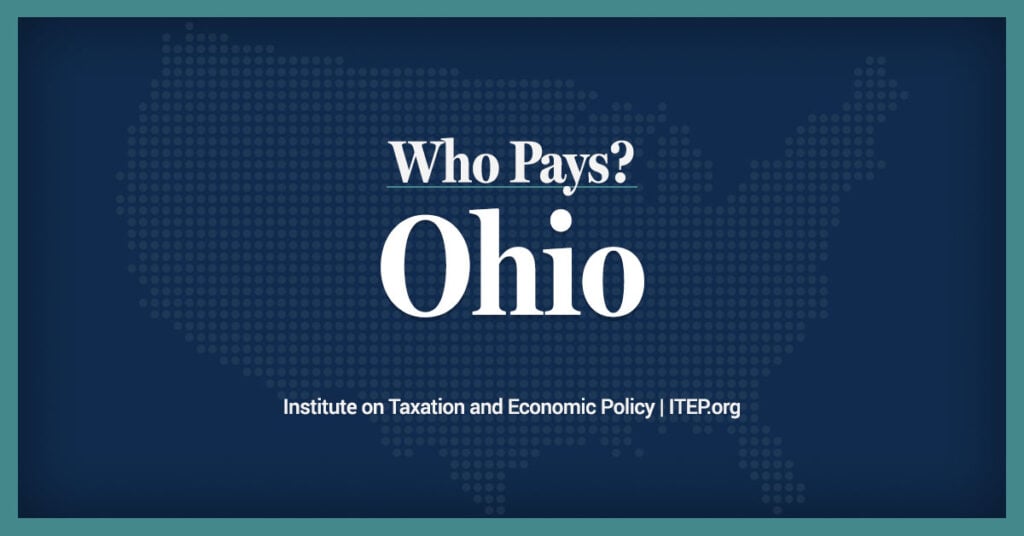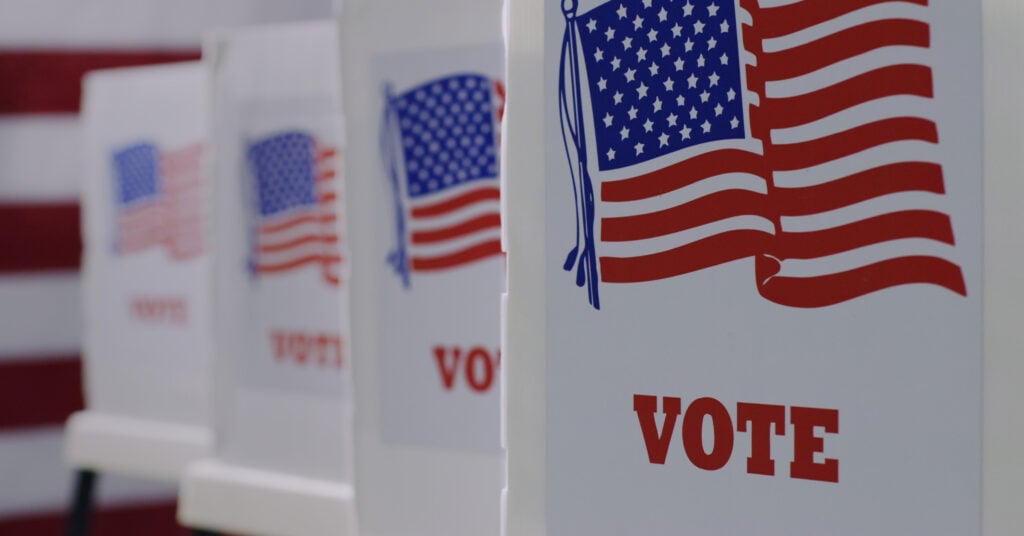By Matt Sanctis, Thursday, April 10, 2014
A proposed tax package in the Statehouse would slash income taxes, and raise revenue by adding a tax on shale fracking and hiking taxes on tobacco products and electronic cigarettes.
A tax and policy expert told members of the Greater Springfield Chamber of Commerce on Thursday that the proposal under debate in the legislature might not receive any action until late this year.
Daniel Navin, assistant vice president for tax and economic policy at the Ohio Chamber of Commerce, updated the local chamber on several pieces of proposed legislation.
The tax reform plan, unveiled earlier this year by Ohio Gov. John Kasich, would cut the state’s income tax by 8.5 percent, phased in over three years.
Those reductions would be offset by instituting a new severance tax on shale fracking in the state, Navin said, and increases in the state’s commercial activities tax and tobacco tax. It would likely lead to a total of about $174 million in tax cuts over three years.
Kasich has made overhauling the state’s tax structure one of his priorities since he was elected, Navin said.
Some area business owners said cutting the personal income tax is a positive step. But critics contend the changes will likely do little to improve Ohio’s ability to attract and retain businesses.
Several cuts to Ohio’s income tax have been made in recent years, but there’s little evidence that has led to job growth in Ohio compared to other states, said Zach Schiller, a research director at Policy Matters Ohio, a nonprofit policy research group.
“Why are we chasing after this idea that has proven itself to be a failure?” Schiller said.
Information from the Institute on Taxation and Economic Policy showed the top 1 percent of Ohio taxpayers would receive about $2,847 in tax cuts, but Schiller said residents making between $34,000 and $54,000 a year would only see a tax break of about $13.
However, some business owners said lowering the state’s income tax could make the state more attractive to businesses and potential employees. Income taxes are something businesses consider when they decide whether or not to locate in a particular city or state, said Paul Gross, CEO of CodeBlue, an insurance claims processing center in Springfield.
“It’s one of the few states that has not only a personal income tax at the state level but also at a local level,” said Gross, also a Republican Madison County commissioner.
State lawmakers are also debating whether the amount of revenue generated by the proposed tax changes will be enough to offset the proposed income tax cuts, Navin said.
Raising the commercial activities tax could also affect businesses in different ways, he said. The CAT is based on the total sales of goods and services for a business in Ohio, and companies with sales of more than $1 million are most affected.
Companies that are part of a manufacturing supply chain or operate with low volumes and low profit margins will likely be impacted than companies that do most of their business outside of Ohio.
The issue is unlikely to be addressed before the end of the year, Navin said.
“It’s likely to be unaddressed through the November election,” Navin said.





